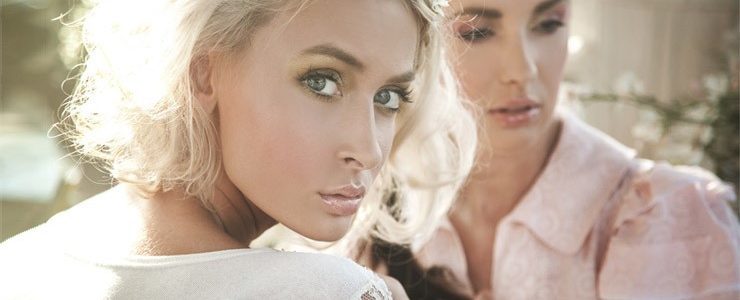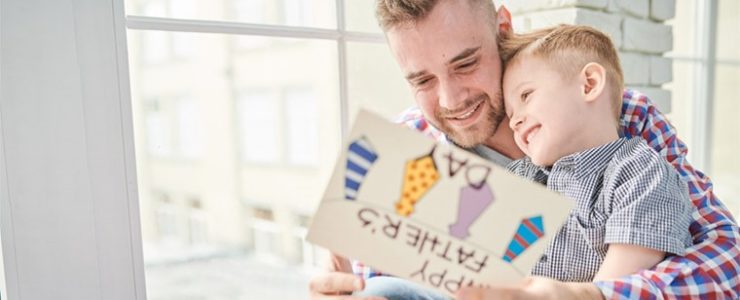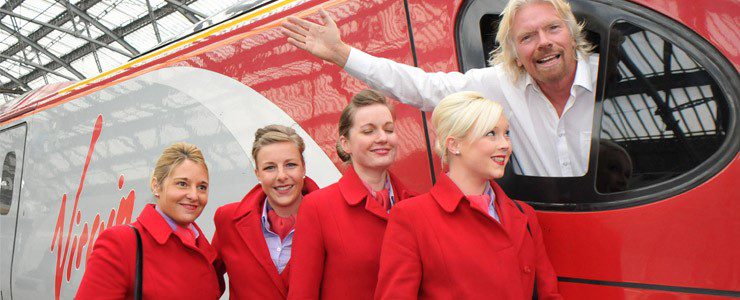
Entrepreneurs: Zara founder Amancio Ortega
Amancio Ortega, the pioneer of fashion, is the richest retailer in the world, with a net worth of $68 billion. He founded the Spanish fashion group Inditex (famous for its Zara clothing chain) in 1975, with his ex-wife Rosalia Mera.
Today, the 82-year-old owns around 60% of Inditex, which has a total of eight brands (including Pull and Bear, Stradivarius and Massimo Dutti) and 7,500 retail stores all over the world.
He typically earns more than $400 million annually, which he primarily invests in real estate in Barcelona, Madrid, Chicago, New York, Miami and London.
In August 2017, he became the richest person in the world, temporarily knocking Microsoft founder Bill Gates off the top spot. Ortega’s $85 billion fortune exceeded Gates’ $84.9 billion – the fourth time Ortega had been named the world’s wealthiest person. Gates later regained his position.
How did Ortega start out?
Born in 1936, in the tiny village of Busdongo de Arbás, León, where the population was only 100 people, he was the youngest of four children born to railway worker Antonio Ortega Rodríguez and housemaid Josefa Gaona Hernández, who originally hailed from the Spanish province of Valladolid.
Ortega grew up in León and never graduated from high school, leaving at 14 to find a job, as his family was poor and struggled to buy even essential items. He started out from nothing but had great ambition.
His first job was working as an assistant at a tailor’s shop, called Gala, in La Coruña, where he learned to sew clothing by hand. Gala is still open today, selling traditional shirts and cardigans.
What was his first business?
By the time he was 16, Ortega was already working out a business plan of his own. In 1953, at the age of 17, he started his own business in Galicia. He employed seamstresses and organised them into sewing co-operatives, making babywear, lingerie and nightgowns.
His employees later said they were thrilled to work for Ortego, as they enjoyed great working conditions and he maintained a close relationship with everyone.
After 10 years of managing sewing co-operatives, he founded Confecciones GOA, initially a bathing robe manufacturer, in 1963.
With his business partner, Rosalía Mera Goyenechea, he turned it into a family firm, employing his brother Amancio to develop new fashion trends and his sister Josefa as bookkeeper. He married Rosalía in 1966.
When was Zara launched?
Ortega expanded his range of clothing and his unique selling point was that he offered fast production turnarounds.
His background in managing sewing co-operatives ensured he was well-versed in how to run a successful clothing business, giving clients what they wanted – high-quality garments, manufactured quickly and at reasonable prices.
As the business thrived, he acquired several factories and opened his first store in La Coruña, called Zorba, in 1975. It was named after the film, Zorba the Greek, which he and his wife enjoyed. They changed its name to Zara after they discovered Zorba was also the name of a local bar.
By the early 1980s, Zara stores had opened in several Spanish cities. In 1985, Ortego created Inditex as a holding company for Zara and its manufacturing centres. He opened his first Zara shop in Portugal in 1988, followed by shops in the US in 1989 and in London in 1998.
International expansion continued, backed by Inditex’s retail portfolio growth, starting with acquiring Pull and Bear and Massimo Dutti in 1991. The brands were being distributed in more than 30 international markets by 2000.
What makes Zara special?
Ortega’s success with the Zara brand is linked to its unique business model. The “fast fashion” retailer has two key goals: to give customers exactly what they want, and to do so as quickly as possible.
Zara produces and distributes 12,000 new designs each year, with speed being the driving force behind the brand’s success. Zara stores refresh their garment stocks twice a week.
Ortega imposed these conditions in the 1970s, with speed being recognised as the retailer’s key force. Another rule is that customers will receive new orders within 48 hours.
The Zara factories are run in an efficient manner, with designers and sales analysts collaborating in an open floor area. Their tasks are organised around the brand’s two main principles of a customer-oriented approach and the speed of service.
On average, each designer will create three new models every day and the pattern-makers and analysts will choose one product from each set to develop.
Commercial experts with regional expertise will compile reports from local managers about customer habits. All Zara employees are trained to monitor clients’ requests, styles and local trends.
Ortega’s entrepreneurial talents have ensured he has thrived in the business world for the past 65 years.
Which celebrities shop at Zara?
A number of celebrities wear the Zara brand, including American model and actress Emily Ratajkowski, who famously wore a Zara mustard-coloured trouser suit for her wedding to Sebastian Bear-McClard.
Fellow US model Bella Hadid stepped out in Zara’s gingham high-heeled shoes, while British fashion designer Alexa Chung wore their triple-strap heeled shoes. Actress and singer Selena Gomez is a fan of Zara’s distressed-style denim jacket.
Perhaps the most surprising fan of Zara’s high street fashion is Kate Middleton, the Duchess of Cambridge, who has been photographed wearing the brand’s tailored white blazer, in a distinctive tapered style with gold antique-look buttons.
She has also been spotted wearing the military-inspired, double-breasted, navy blazer. When she wore a Zara royal blue dress for one of her first public engagements with Prince William, it sold out instantly, as royal-watchers flocked to emulate her style.
What does the future hold for Zara?
Zara is continually opening new retail stores and its presence at the top of the fashion network seems assured. One of its recent acquisitions in 2018 was securing prime retail space at Leicester’s Highcross Centre.
The property development and investment company Hammerson took over the former House of Fraser site at the shopping mall, transforming the top floor into a car park and the former service yard into a row of restaurants, with Zara occupying the large retail area.
In September 2018, it was announced that all of the Inditex brands, including Zara, would be globally available online by 2020, including covering areas without any existing stores.
The company has installed a new RFID-enabled stock management system in its Zara stores in 25 global markets, including France, Spain, Italy, the United States, China, the UK and Mexico. This means the brand will be able to fulfil online orders from stores. The system will be extended to all Inditex by 2020 in countries where they operate a physical store.
The company also revealed that by 2020, it would be operating all stores under its eco-efficiency policy, making water savings of 50% and energy savings of 20%. Currently, the company operates this system in 80% of its retail stores.
Ensure your working environment is one which spurs your creative and entrepreneurial spirit by taking advantage of Headspace Group’s innovative coworking spaces.
Give us a call on 020 3691 7500 or email us – we’ll take care of the admin side, so you can concentrate on being creative!
© konradbak / Adobe Stock



